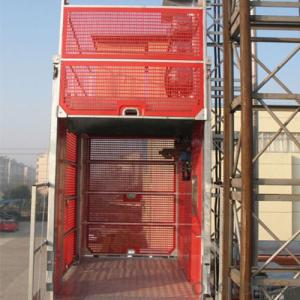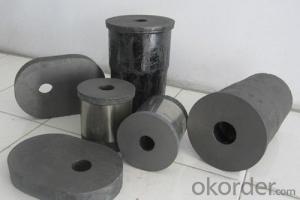Lg Solar Inverter
Lg Solar Inverter Related Searches
Best Inverter Solar Panel Solar Panel On Roof Rack Inverter To Solar Panel Ratio Solar Panel Decking Lights Solar Panel Inverter Box 1000 Watt Solar Panel Inverter 12 Volt Solar Panel Inverter Plastic Solar Lanterns Buy Solar Panel Inverter Solar Panel Inverter CostHot Searches
Type Of Inverter For Solar Types Of Inverter For Solar Used Solar Inverter For Sale Inverter Size For Solar System Solar Edge Inverter For Sale 5kw Solar Inverter For Sale Solar Inverter For Sale Solar Inverter For Battery Solar Inverter For Split Ac Solar Inverter For Laptop Solar Inverter For Fridge Solar With Inverter Price Solar Inverter With 2 Battery Solar Inverter Price In China Best Solar Inverter In China Solar Inverter Price In Dubai Solar Inverter Price In Uae Solar Inverter Price In Kenya Solar Inverter Price In Kerala Solar Hot Water Collectors For SaleLg Solar Inverter Supplier & Manufacturer from China
Okorder.com is a professional Lg Solar Inverter supplier & manufacturer, offers integrated one-stop services including real-time quoting and online cargo tracking. We are funded by CNBM Group, a Fortune 500 enterprise and the largest Lg Solar Inverter firm in China.Hot Products
FAQ
- The role of a communication interface in a solar inverter is to facilitate the exchange of information and data between the inverter and other devices or systems. It allows for monitoring, control, and communication with the solar inverter, enabling real-time performance monitoring, remote management, and integration with other renewable energy systems or smart grid networks.
- Yes, a solar inverter can be used with solar-powered greenhouse systems. A solar inverter is an essential component in converting the direct current (DC) generated by solar panels into alternating current (AC) that can be used to power electrical devices. By installing a solar inverter, the solar energy collected by the greenhouse's solar panels can be efficiently converted and utilized to power various equipment and systems within the greenhouse, ensuring an environmentally friendly and sustainable energy source.
- The role of a frequency regulation feature in a solar inverter is to maintain a stable and consistent frequency of the electrical output, ensuring compatibility with the grid or connected appliances. This feature helps to mitigate fluctuations in frequency caused by varying solar irradiance or load fluctuations, thereby improving the overall efficiency and reliability of the solar power system.
- The temperature range for optimal operation of a solar inverter typically falls between 0°C (32°F) to 40°C (104°F).
- Yes, a solar inverter can be used with solar-powered emergency backup systems. A solar inverter is an essential component in converting the direct current (DC) generated by solar panels into alternating current (AC) that can be used to power appliances and devices. By connecting the solar inverter to a solar-powered emergency backup system, the excess solar energy can be stored in batteries or fed back into the grid, providing a reliable source of electricity during power outages or emergencies.
- Yes, a solar inverter can be used in areas with high levels of electrical noise or interference. However, it is important to ensure that the solar inverter is designed and equipped to handle such conditions. Some modern solar inverters have built-in features and technologies that help mitigate electrical noise and interference. These features may include advanced filtering, shielding, and surge protection mechanisms. Additionally, proper grounding and installation practices can also help reduce the impact of electrical noise and interference on the performance of the solar inverter. It is advisable to consult with a professional or the manufacturer of the solar inverter to ensure compatibility and optimal performance in high-noise environments.
- Shading can significantly affect the performance of a solar inverter. When certain parts of a solar panel are shaded, the overall power output of the system decreases. This is because shaded cells create resistive losses, reducing the current flow and overall efficiency of the inverter. Additionally, shading can cause a phenomenon known as the "partial shading effect," where the entire string of panels is affected even if only a small portion is shaded. To mitigate these issues, technologies like bypass diodes are used in solar panels to minimize the impact of shading and ensure optimal performance of the inverter.
- A solar inverter handles voltage fluctuations by continuously monitoring the incoming solar power and adjusting its output voltage accordingly. It uses advanced electronics and control algorithms to ensure that the output voltage remains stable and within a specified range, regardless of variations in the input voltage. This allows it to provide a consistent and safe supply of electricity to connected devices, even in the presence of voltage fluctuations.














































